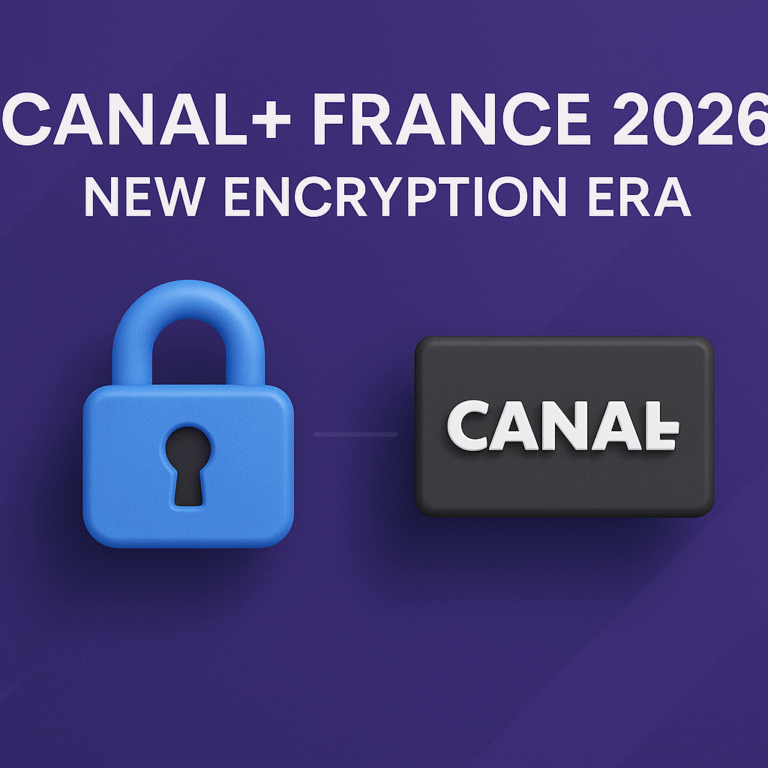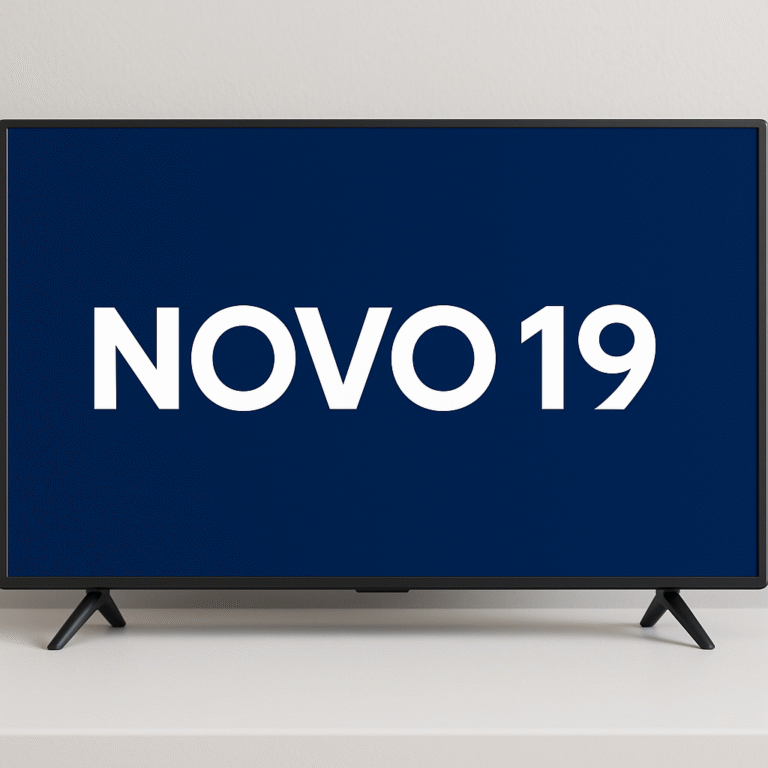Machine Learning TV: Real-Time Encoding Innovation

Machine Learning TV: Real-Time Encoding Innovation
Estimated reading time: 8 minutes
The race toward AI-powered broadcasting continues in 2026 with a breakthrough that’s changing everything about video delivery — real-time encoding. Thanks to machine learning algorithms, TV networks and IPTV providers can now process, compress, and transmit ultra-high-definition signals instantly, with no visible delay or loss of quality.
This innovation is revolutionizing how broadcasters balance speed, quality, and cost. Where traditional encoding required pre-processing or manual optimization, AI-based encoders learn dynamically, adapting to each frame and network condition in real time.
⚡ How Machine Learning Changes Encoding
Machine learning encoding models analyze visual data using neural networks to understand which parts of a frame carry the most visual importance. This allows them to allocate higher bitrates to dynamic scenes — like live sports — while reducing bandwidth on static areas.
As a result, content looks sharper and smoother while using up to 40% less bandwidth compared to traditional HEVC methods. In regions with limited internet speeds, this improvement means true 4K experiences without buffering or compression artifacts.
🧠 Real-Time Learning in Action
In 2026, several European broadcasters, including Sky Germany and RAI Italy, began testing adaptive AI encoders that update their learning models in real time. These systems constantly analyze performance feedback and reconfigure themselves every few seconds to maintain perfect picture stability.
This continuous self-training process means encoding no longer depends on fixed presets — it evolves dynamically based on signal conditions, audience load, and even the type of content being shown.
🌐 Smarter Compression, Smaller Footprint
The environmental impact of broadcasting is also being addressed through AI encoding. By cutting data waste and reducing required transmission power, networks can now lower their energy consumption dramatically while maintaining ultra-HD performance.
Studies from 2026 show that machine learning encoding can reduce total CO₂ emissions from satellite and IPTV transmission networks by nearly 20% — proving that AI isn’t just smart; it’s sustainable.
🟨 Reality Check
Despite its advantages, real-time AI encoding still demands high GPU power and consistent system monitoring. Smaller stations may find it costly to implement without cloud partnerships or hybrid setups. Also, rapid algorithm updates occasionally introduce minor synchronization issues during live feeds.
But as hardware efficiency improves and cloud GPU costs fall, these limitations are expected to shrink — making AI encoding accessible to every broadcaster by 2027.
🌍 The Future of AI Compression
Industry leaders predict that machine learning encoding will become the global broadcast standard within three years. The combination of reduced latency, smarter bit allocation, and environmental efficiency positions it as the cornerstone of next-generation IPTV and satellite systems.
With real-time AI models continuously evolving, the concept of static codecs like H.265 or AV1 may soon be replaced by living codecs — systems that learn, adapt, and improve forever.
🟥 Final Verdict
Machine Learning TV 2026 shows us that the future of broadcasting isn’t just about resolution — it’s about intelligence. Real-time AI encoding delivers sharper images, faster delivery, and smarter bandwidth use.
As Europe’s broadcasters embrace this technology, viewers can expect nothing less than perfection on screen — every pixel, every second, optimized by artificial intelligence.






